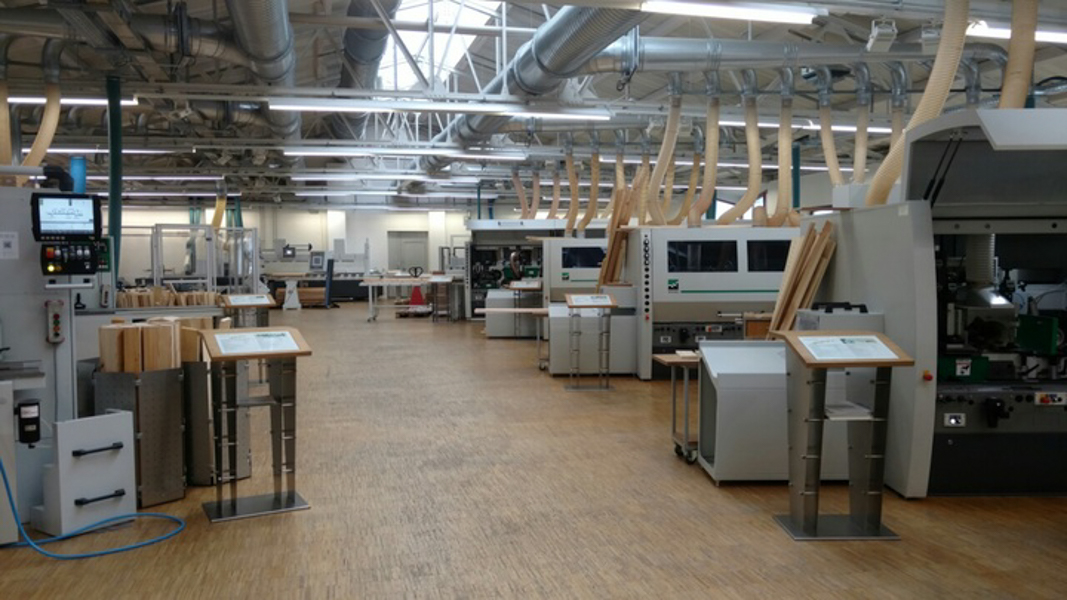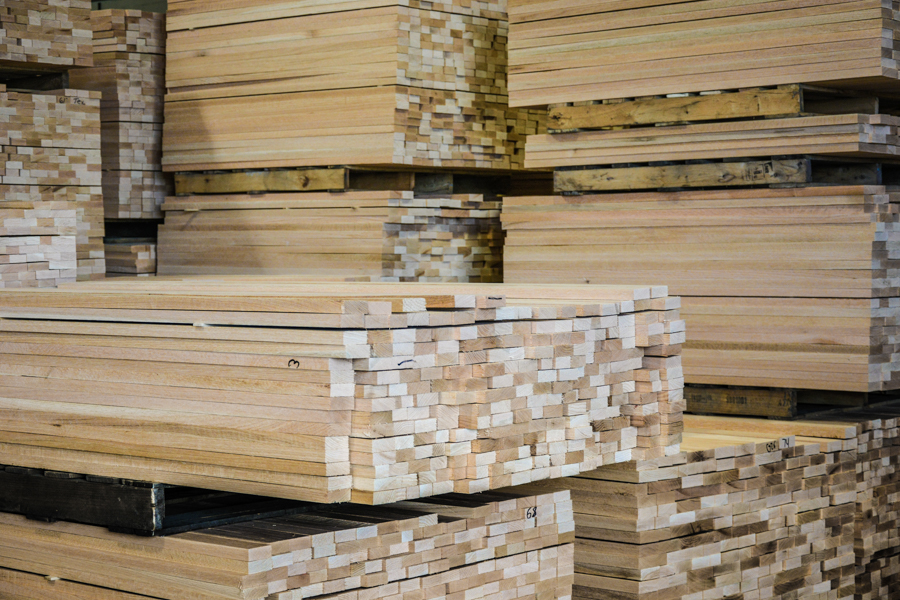 I recently had the opportunity to travel to Germany and Italy to look at some cutting-edge woodworking equipment. The equipment was beautifully engineered, well manufactured, and most definitely not what anyone would call “cheap.” I noticed something interesting when looking at these machines; despite the fact that they were built to do a wide variety of different jobs, there seemed to be a common thread. These machines were not designed to produce large numbers of similar parts, they were designed to produce one part at a time. Setups were either very fast or non-existent and many steps that were formerly separate are now being joined together into a single step. Why would a manufacturer pay large amounts of money for a machine that produces only a small number of parts at a time?
I recently had the opportunity to travel to Germany and Italy to look at some cutting-edge woodworking equipment. The equipment was beautifully engineered, well manufactured, and most definitely not what anyone would call “cheap.” I noticed something interesting when looking at these machines; despite the fact that they were built to do a wide variety of different jobs, there seemed to be a common thread. These machines were not designed to produce large numbers of similar parts, they were designed to produce one part at a time. Setups were either very fast or non-existent and many steps that were formerly separate are now being joined together into a single step. Why would a manufacturer pay large amounts of money for a machine that produces only a small number of parts at a time?The question we need to ask is this—is our WIP inventory working for us or against us? WIP takes up space; it often spoils; and, most importantly, it represents an investment that isn’t able to provide any returns in its current state. At its core, WIP represents an expense, not an asset.
Back in the 1950’s, a man named John Little created a mathematical equation that we now know as "Little's Law"--a deceptively simple equation stating that a system's inventory equals the amount of time it takes for that inventory to move through the system times the number of things input into the system. The equation is this- L, the average number of items in a system (average WIP) = the average number of items input into that system times the average amount of time each item is in that system. L (or WIP) = Arrival Rate x Wait Time.
Okay, equations are boring. But how does this one help us and what does it have to do with our material flow? As stated above, most businesses already know what their WIP inventory is. Also, most keep good records of how much material is being input into their systems. The consumption rate is obviously an important number to watch closely. Many businesses, though, don’t have a good handle on how long their WIP takes to be processed- the wait time or lead time. Knowing two of three of these numbers, we can now calculate what that is. Wait Time =WIP / Arrival Rate. For example, a business that consumes 1,000 pieces of material per day and has an average WIP inventory of 30,000 pieces requires an average of 30 days to produce 1 unit. 30,000 / 1,000 = 30.
 I took some time to calculate our numbers for myself. After that, I spoke to the plant foreman and asked what he thought our lead time was. His answer was, not surprisingly, quite a bit lower than the ‘lead’ time I calculated. Why would this be? Either the foreman was wrong or my numbers, which I had checked and re-checked, were wrong. Neither seemed to be the case. We were promising lead times substantially lower than my calculated numbers, and we were making the deliveries. Continuing to look for answers, I took a look around the shop floor and found the solution. There were piles of unused material not actually destined for orders. A large portion of our inventory was either “in hibernation” or “dead!” Our WIP investment was going to waste, sitting around without purpose.
I took some time to calculate our numbers for myself. After that, I spoke to the plant foreman and asked what he thought our lead time was. His answer was, not surprisingly, quite a bit lower than the ‘lead’ time I calculated. Why would this be? Either the foreman was wrong or my numbers, which I had checked and re-checked, were wrong. Neither seemed to be the case. We were promising lead times substantially lower than my calculated numbers, and we were making the deliveries. Continuing to look for answers, I took a look around the shop floor and found the solution. There were piles of unused material not actually destined for orders. A large portion of our inventory was either “in hibernation” or “dead!” Our WIP investment was going to waste, sitting around without purpose.To deal with our WIP problem, we have been trying to tighten down the reasons we allow ourselves to store material in WIP. All material needs to either be on order or have a reasonable expectation of being processed within a month or two. Longer-term, we are looking at more ways to increase our material flow, creating lower wait times, and, subsequently, looking at Little’s equation above to decrease WIP. I’m willing to admit we’re not where we need to be yet, but our WIP level has improved substantially, dropping about 40% on average over the last two years.
Too many businesses have accepted high WIP levels as a necessity and even think of it as an asset. The Lean thought process, though, tells us otherwise. We can improve our WIP levels and still function well. In fact, low WIP levels are one of the signs of good material flow through a process. Stay vigilant in your improvement efforts and you’ll reap the rewards of a lower WIP inventory level.

By Tony Yoder
Manager, Hardwood Components









